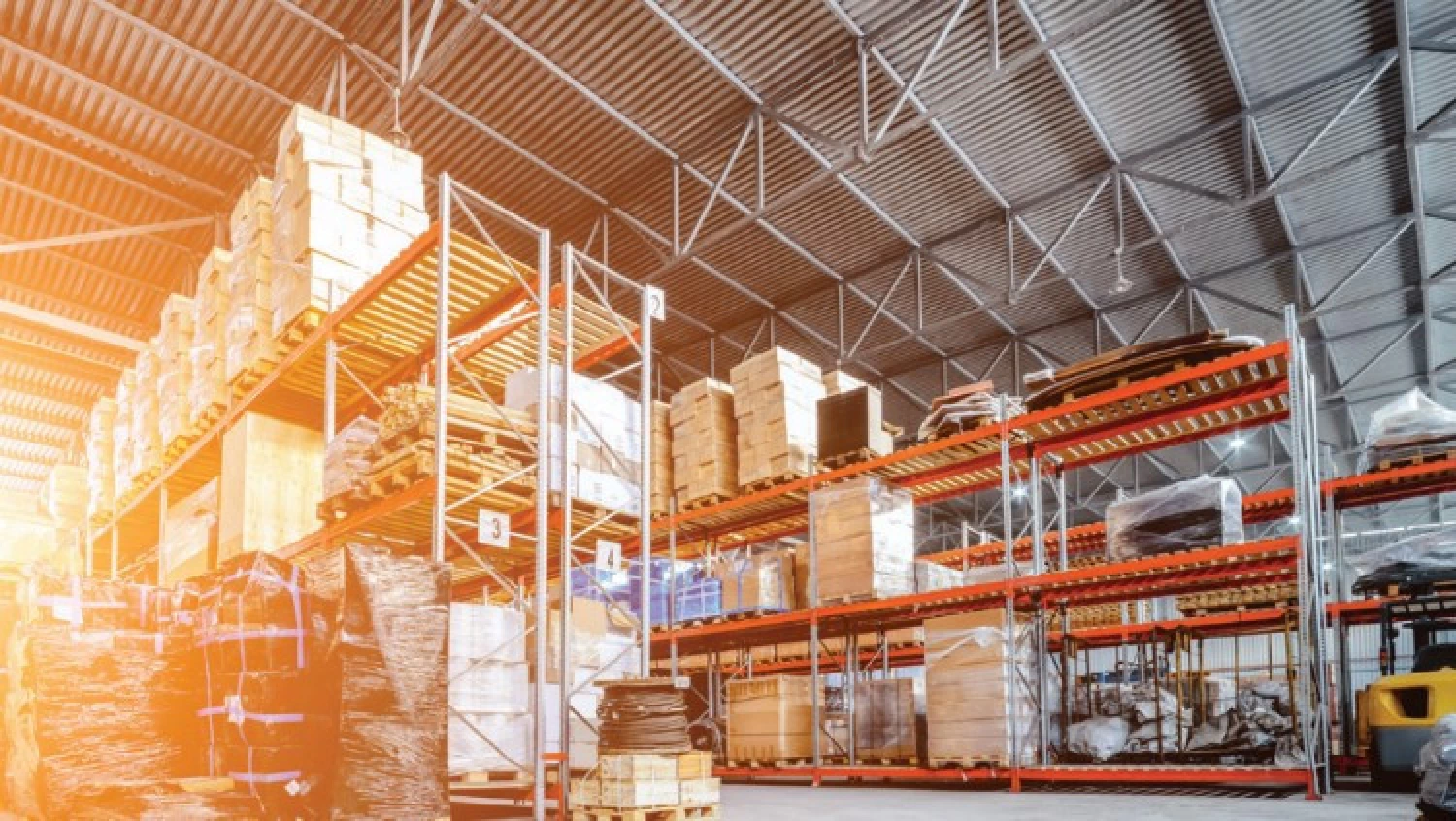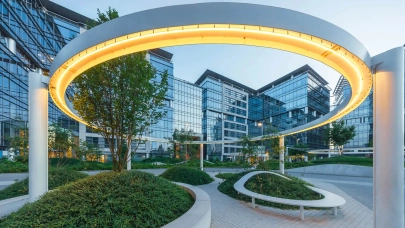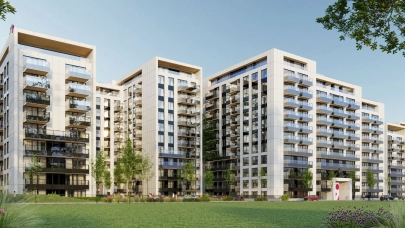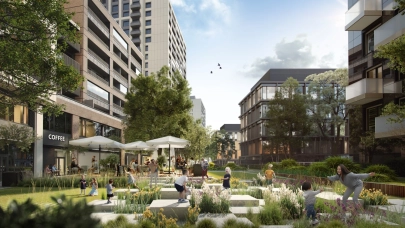
The Czech industrial real estate market in 2022 was again remarkably successful. It reached the highest annual new supply in the history of the market on the back of record-low vacancy and all-time high prime rents, JLL reports.
The industrial real estate market in Q4 2022 continued to demonstrate resilience to the current economic situation, yet there are signs of moderation on the demand side. Despite the record levels of new completions, the average vacancy rate remained extremely low with prime rent increase of 30% y-o-y, which is one of the highest growths recorded in entire Europe. All-time high prime rents combined with high inflation and high energy prices are influencing Tenant’s expansion and relocation plans. Despite this, a strong pipeline of 1.2 million sqm under construction space might bring the country’s stock to 12 million in 2023.
A total of 149,300 sqm of warehouse space was completed during Q4 2022. This increased the total volume of modern industrial stock to 10.77 million sqm. The vast majority of the new buildings delivered in Q4 had already secured a tenant. Speculatively completed space accounted for only 1% of the new supply. The majority of new space was added in the South Moravian region (28%), followed by the Moravian-Silesian region (26%) and the Central Bohemian region (20%).
For the full year 2022, approximately 1.09 million sqm of industrial space was completed which is 117% stronger compared to the 2021 results. It is also the highest annual new supply result ever recorded on the Czech industrial real estate market.
More than one million sqm of new space is under construction
The volume of projects under construction has been above one million sqm for five consecutive quarters. Specifically, almost 1.24 million sqm was under construction at the end of Q4. From the total amount, only 60% had a secured tenant. A year ago, this ratio was around 77%. However, there is no evidence of the return of speculative construction as a trend on the market. Although the uncontracted area in absolute terms amounted to 489,000 sqm, a considerable part of this volume was already in various stages of lease negotiations.
During Q4 2022, construction of 213,200 sqm of industrial space commenced. For the entire of 2023, almost 1.2 million sqm of new space is scheduled to be delivered to the market. In that case, the total modern industrial stock in the Czech Republic might reach 12 million sqm by the end of this year.
In Q4, the most active region in terms of construction activity was the Karlovy Vary region. More than one-quarter of the entire space under construction is located within this region. However, this was dominated by a small number of large, big box solutions. Karlovy Vary region was followed by the Pilsen (15 %) and South Moravian (12 %) regions.
Robert Sgariboldi, Director in the Industrial Leasing Department at JLL says: "In terms of new construction, it is very positive for the market that the total stock grew dynamically, and tenants were able to absorb almost 100% of the delivered space with their demand. Only a minimum of the projects under construction were not let before completion. The willingness to build in attractive regions even without a secured tenant demonstrates the confidence of developers in the strength and stability of our economy despite a number of external factors increasing the overall cost of operating industrial halls."
The vacancy rate is close to zero in 10 out of 14 Czech regions
The vacancy rate of modern industrial properties remained extremely low at 1.0% at the end of Q4 2022. In Prague and its surroundings, the vacancy rate remained stable at just 0.6% However, this vacancy rate also includes office components within industrial buildings. Calculated from the warehouse area only, it would be close to zero.
At the end of Q4 2022, same as in the previous quarter, we recorded full occupancy in the Hradec Kralove, Karlovy Vary, Liberec, Pardubice, South Bohemian, Vysočina and Zlín regions. In the Central Bohemian region, it was less than 0.1%. The third largest market, the South Moravian region, also shows a very low vacancy of 0.4 %. The remaining regions ranged from approximately 1.4% to 2.6%.
James Fitzgerald, Regional Director Industrial Agency for the Czech Republic, Slovakia, Hungary and SEE at JLL adds: „It is clear from the record low vacancy rate (again!) that the Czech industrial market is demonstrating enormous resilience to major challenges in the region, namely such as the ongoing conflict in Ukraine and high inflation. If we focus on warehouse space in the Greater Prague region, it has been close to 0% since Q2 2021. While some analysts are predicting a reduction in Tenant demand in the coming months, we have yet to experience this slowdown. “
Robert Sgariboldi, Director in the Industrial Leasing Department at JLL says: "The long-term low vacancy rate is not good for the market - tenants are losing flexibility and opportunities to grow their businesses efficiently, rental prices are rising and there is a surplus of demand for vacant units. The market optimum is in the range of 4-5% and the question is when the Czech market will be able to reach this level again. A more significant decline in rental prices can then be expected only with vacancy rates of around 6-8%."
Demand was driven mainly by manufacturing companies
During the last quarter of 2022, approximately 231,300 sqm of new leases were recorded. This represents a decrease of 35% q-o-q and 48% y-o-y. In absolute terms, this is the lowest volume since Q3 2020. Compared to the five-year quarterly average this result is 19% below. Excluding transactions with an undisclosed type of tenant, manufacturers accounted for the largest share of net demand (59%), followed by logistics (31%) and distribution companies (10%). Gross take-up, which includes renegotiations, reached more than 354,000 sqm in Q4 2022. Compared to the previous quarter, it decreased by 27%, while year-on-year it dropped by 45%. This volume was also below the five-year quarterly average by 23%. Compared to the five-year quarterly average, both net and gross take-up in Q4 fell by 19% and 23%, respectively. The total volume of net demand in 2022 amounted to 1.47 million sqm decreasing by only 6% compared to 2021 when the highest annual net demand in the history of the Czech industrial market was registered. Compared to the five-year average, it is 29% above that level. For the full year 2022, gross take-up reached 2.21 million sqm which is 10% below the record high 2021 result, however, it is 21% above the five-year average.
Growth of rental levels has slowed down after a year of steep growth
A limited supply of available modern space and strong demand have pushed rents up in 2022. Rental growth was driven mainly by the limited availability of vacant industrial space, high construction costs and expensive financing. During Q4 2022, rents for prime space in Greater Prague remained stable at €7.50 per sqm per month. During 2022, prime rents in Prague have registered a growth of 30% y-o-y. The South Moravian region stood at €5.50 – 6.75 per sqm per month. Prime rents in the Moravia-Silesian region reached €5.25 - 6.00 per sqm per month, whilst the Pilsen region stood at €5.00 - 6.50 per sqm per month.
Robert Sgariboldi, Director in the Industrial Leasing Department at JLL adds: "Only a marginal portion of the stock has been leased at the current high rents. Tenants are negotiating to extend their existing contracts and new construction deal negotiations are taking longer time. In several cases, we have witnessed business cases for new sites turned down by possible future tenants, as the business case criteria had evolved significantly over the last 3-6 months. The leasing cost increase seems to have reached its peak at the end of 2022 and with a slowly rising share of speculative construction we may see a stabilization of the market in terms of supply and demand balance."



